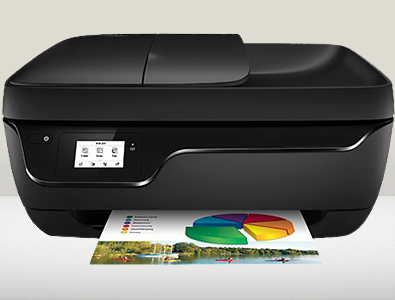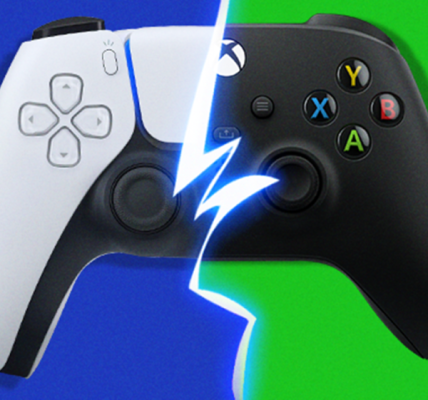Blockchain is decentralized and distributed ledger technology that keeps track of transactions in a super secure and transparent way. Imagine a chain of blocks, where each block contains some information, and they’re all linked together.
Key components of blockchain technology
Blockchain technology consists of several key components that work together to ensure its functionality and security
Blocks: Think of blocks as digital containers that store data. Each block contains a batch of transactions, such as the details of a financial transaction or a record in a supply chain.
Chain: The chain part of blockchain refers to how these blocks are linked together in a specific order. Once a block is filled with transactions, it is linked to the previous block, forming a chain of blocks.
Decentralization: One of the coolest aspects of blockchain is decentralization. Instead of being stored in one central location, copies of the blockchain are stored across many computers, making it highly secure and resistant to tampering.
Cryptographic Hash Functions: These functions are like digital fingerprints for each block. They take all the data in a block and turn it into a unique string of characters. This ensures that each block is unique and that any changes to the data would be easily detectable.
Evolution of Blockchain in Mobile App Development
The evolution of blockchain app development has been nothing short of fascinating. Blockchain technology, once primarily associated with cryptocurrencies like Bitcoin, has now expanded its horizons to revolutionize the mobile app industry. Let’s take a journey through the stages of this evolution:
Early Days of Blockchain: Initially, blockchain technology was primarily used for cryptocurrencies. Bitcoin, the first decentralized digital currency, introduced the concept of blockchain as a distributed ledger to record transactions securely and transparently.
Integration into Mobile Apps: The integration of blockchain technology into mobile apps marked a significant milestone in its evolution. Developers started experimenting with incorporating blockchain features such as smart contracts, decentralized storage, and tokenization into mobile app architectures.
Importance of Blockchain Integration for Future App Development
1. Enhanced Security:
-
Utilizes decentralized and immutable ledgers for data security
-
Ensures data integrity and resistance to tampering
-
Builds trust among users by safeguarding personal and financial information
2. Transparency:
-
Records every transaction on a public ledger accessible to everyone
-
Fosters trust and accountability between users and developers
-
Promotes fairness and honesty in transactions
3. Efficient Transactions:
-
Streamlines transactions within apps
-
Reduces the need for intermediaries and manual intervention
-
Improves user experience with faster and cost-effective transactions
4. Innovation Opportunities:
-
Enables the creation of innovative apps with new functionalities
-
Empowers developers to explore decentralized finance (DeFi) and supply chain management solutions
-
Opens up avenues for creativity and experimentation in app development
Blockchain Software Development Platforms
1. Ethereum
Ethereum is a decentralized blockchain platform that enables developers to build and deploy smart contracts and decentralized applications (DApps). It offers flexibility, security, and transparency for various use cases.
Key Features:
Smart contract functionality: Ethereum enables developers to create and deploy smart contracts, which automate transactions and agreements.
Flexibility: Ethereum supports a wide range of decentralized applications, allowing developers to build various use cases.
Decentralization: Ethereum operates on a decentralized network, ensuring security, transparency, and resilience against censorship.
2. Hyperledger Fabric
Hyperledger Fabric is a permissioned blockchain framework tailored for enterprise solutions. It allows organizations to create private blockchain networks with controlled access, modular architecture, and support for confidential transactions.
Key Features:
Permissioned networks: Hyperledger Fabric allows organizations to create private blockchain networks with controlled access.
Modular architecture: Fabric’s modular design enables customization and scalability, meeting diverse business requirements.
Private transactions: Fabric supports confidential transactions, ensuring data privacy and security for sensitive information.
3. Ripple
Ripple is a blockchain platform focused on facilitating fast and low-cost international payments. It offers a payment settlement network that enables real-time settlement of transactions without the need for intermediaries, prioritizing interoperability and security.
Key Features:
Fast and low-cost transactions: Ripple facilitates rapid and cost-effective international payments, reducing transaction times and fees.
Payment settlement network: Ripple’s network enables real-time settlement of transactions without the need for intermediaries.
Interoperability: Ripple integrates seamlessly with existing financial systems, enabling interoperability and compatibility.
Preferred Programming Languages for Developing Blockchain Mobile Applications
When it comes to developing blockchain mobile applications, you want to choose the right programming languages to ensure smooth and efficient development.
Solidity: Solidity is a popular programming language used for developing smart contracts on the Ethereum blockchain. It’s known for its simplicity and similarity to JavaScript, making it relatively easy for developers to learn and work with.
Java: Java is another widely used programming language for blockchain mobile app development. It’s known for its platform independence, robustness, and extensive libraries, making it suitable for building secure and scalable blockchain applications.
JavaScript: JavaScript is commonly used for frontend development in web applications, but it’s also gaining popularity for blockchain development, especially with frameworks like Node.js. JavaScript offers flexibility and compatibility, making it a preferred choice for building decentralized applications (DApps).
Python: Python is known for its simplicity and readability, making it an excellent choice for prototyping and rapid development of blockchain applications. It’s widely used in blockchain development for tasks such as data analysis, scripting, and backend development.
C++: C++ is a powerful and versatile programming language often used for building high-performance applications, including blockchain platforms like Bitcoin and Litecoin. While it may have a steeper learning curve compared to other languages, it offers superior performance and control over system resources.
Go (Golang): Go, or Golang, is gaining popularity in blockchain development due to its efficiency, concurrency support, and built-in support for cryptographic operations. It’s used in projects like Hyperledger Fabric for building enterprise-grade blockchain solutions.
Wrapping up
In conclusion, the future of mobile app development with blockchain technology is promising and evolving rapidly. Blockchain’s decentralized nature, coupled with its enhanced security and transparency, has opened up new avenues for innovation in the mobile app industry. As blockchain continues to integrate into mobile apps, it will ensure enhanced security, transparency, and efficiency in transactions.





